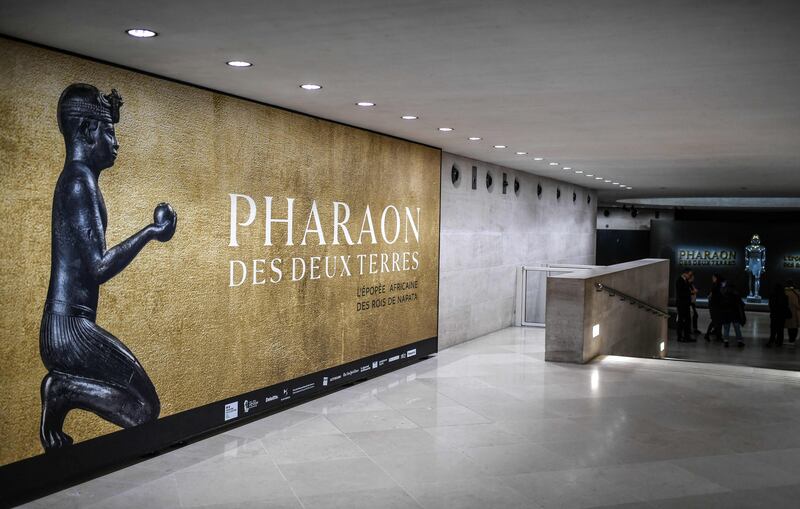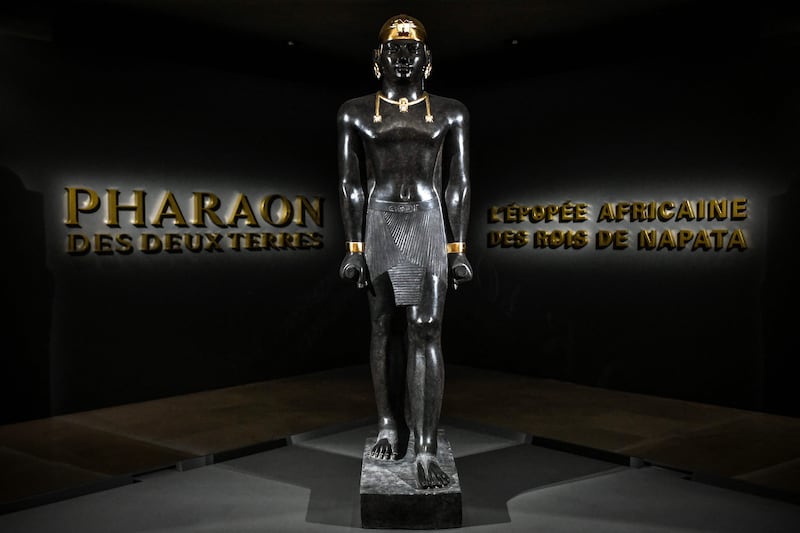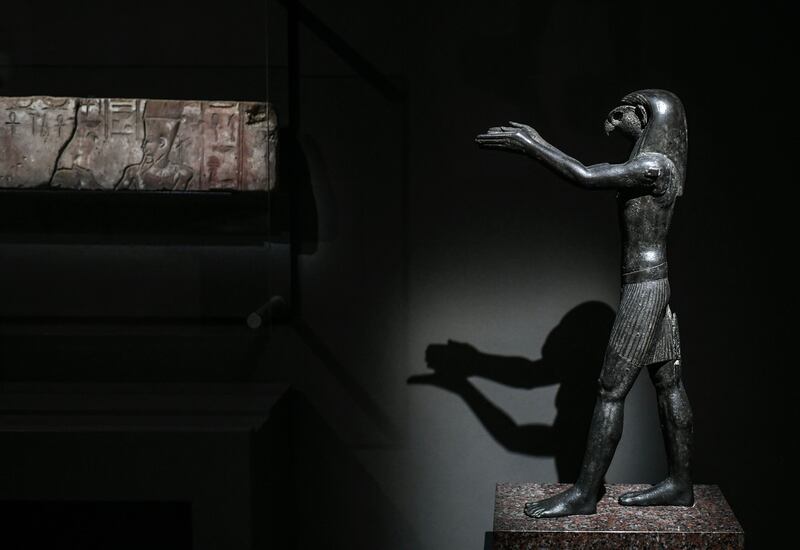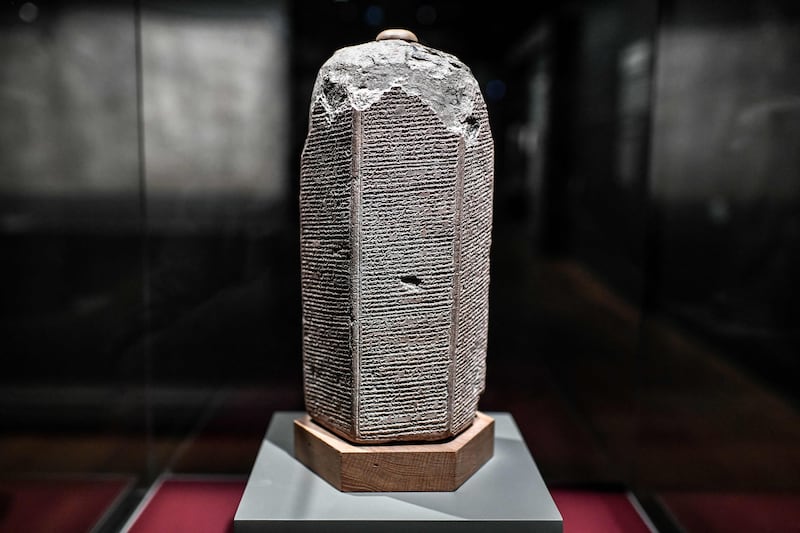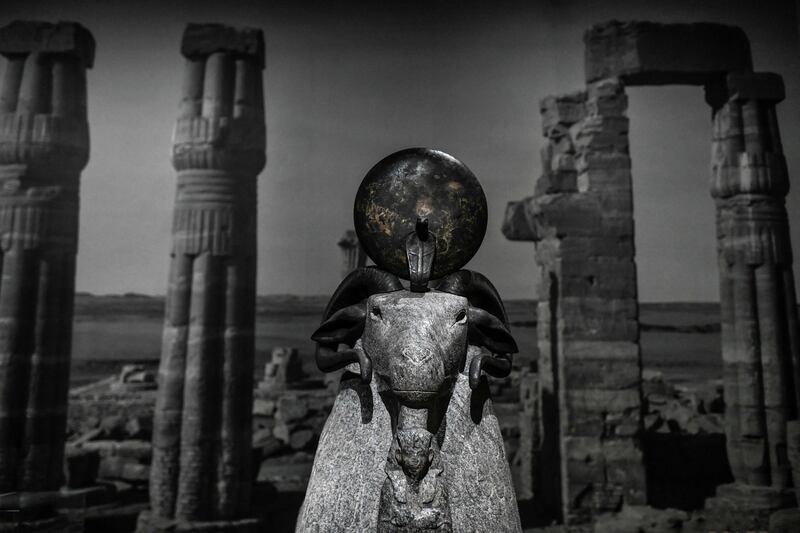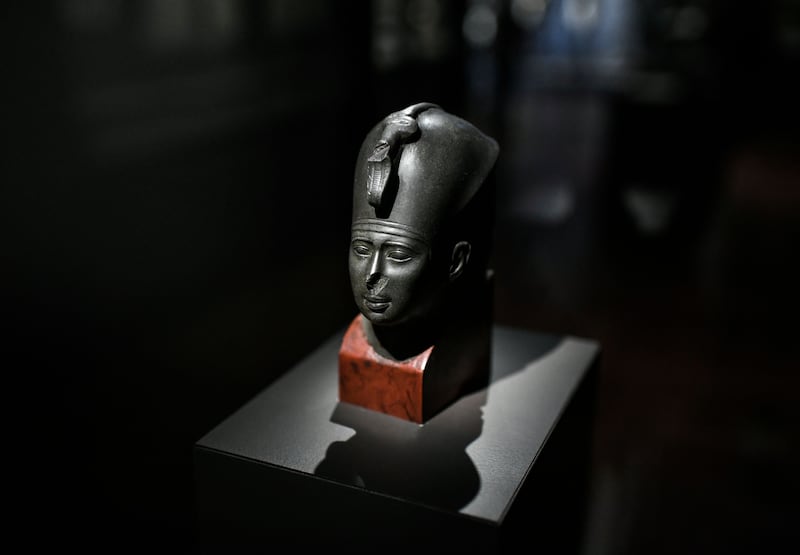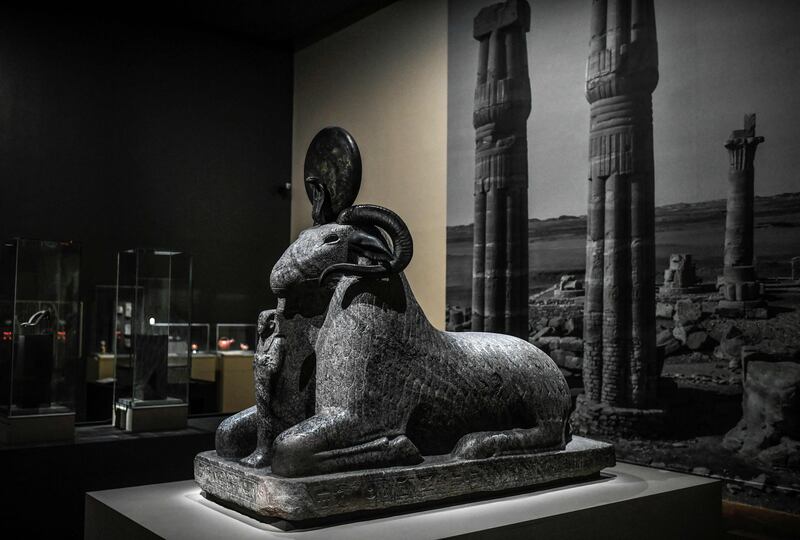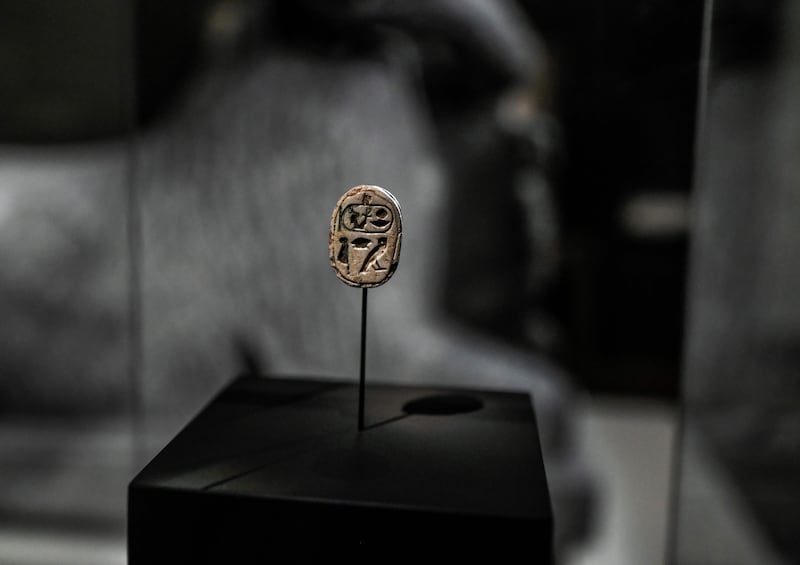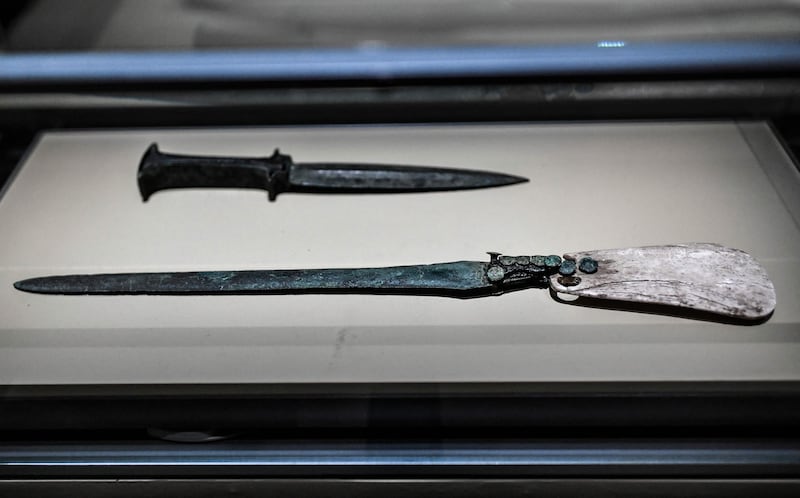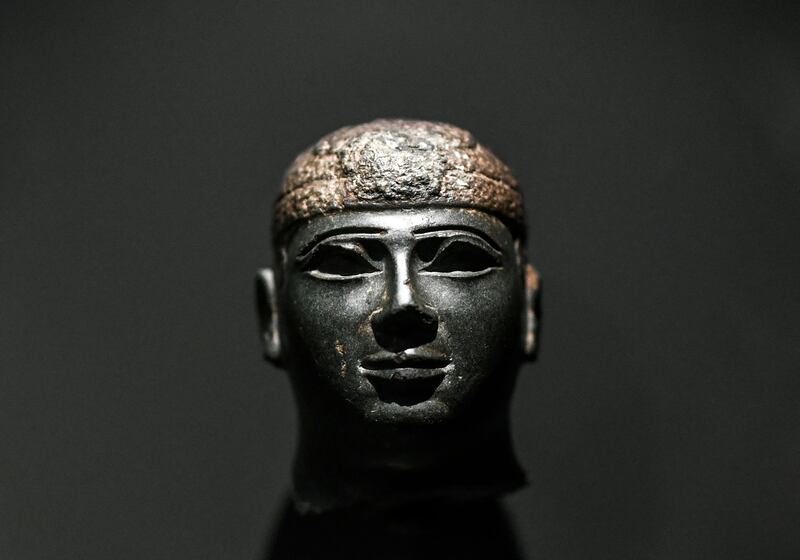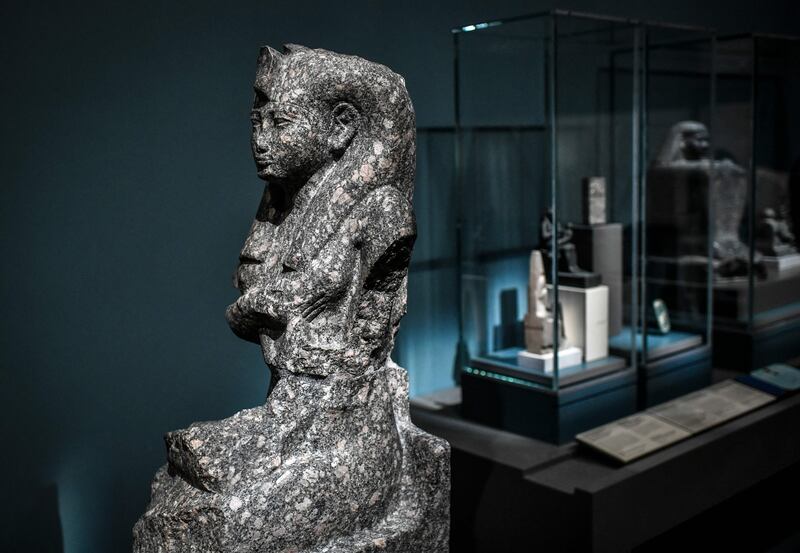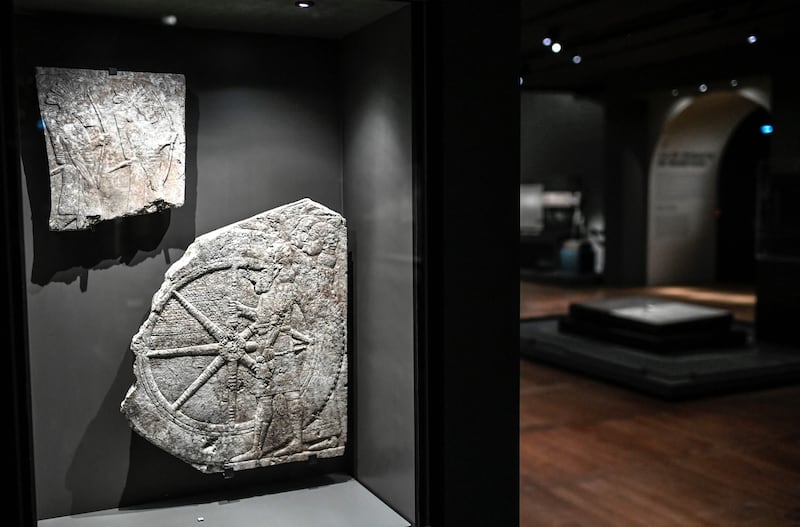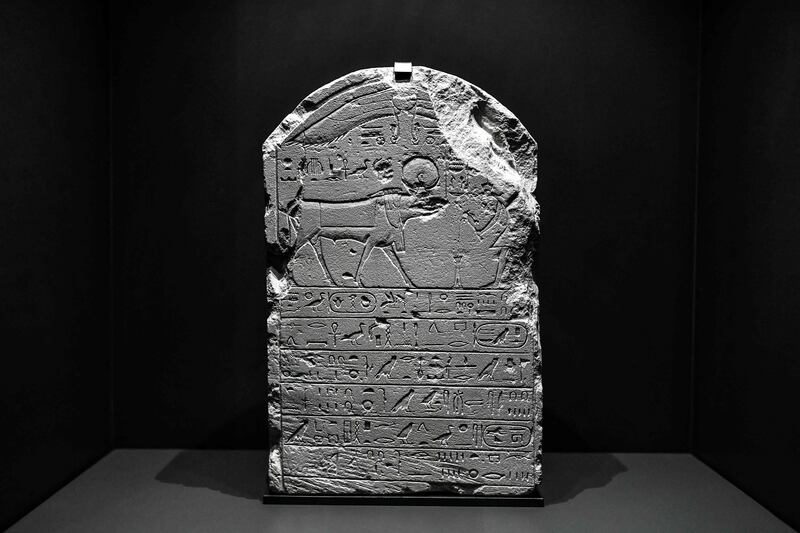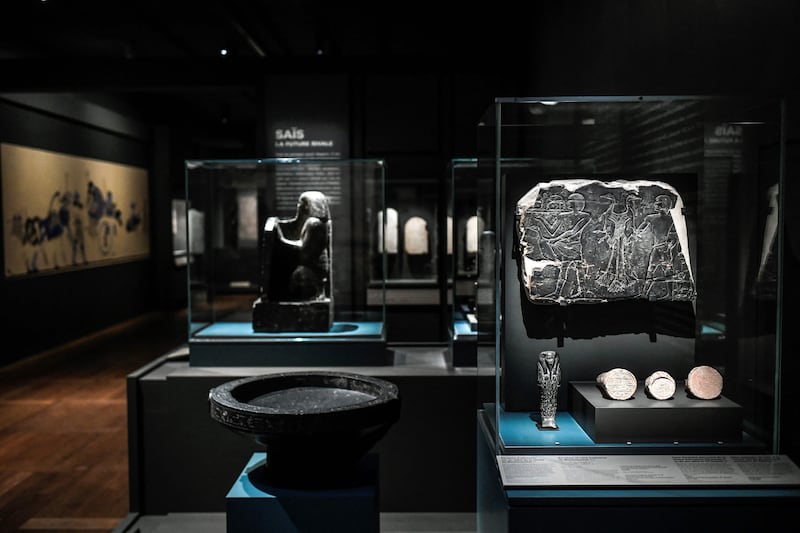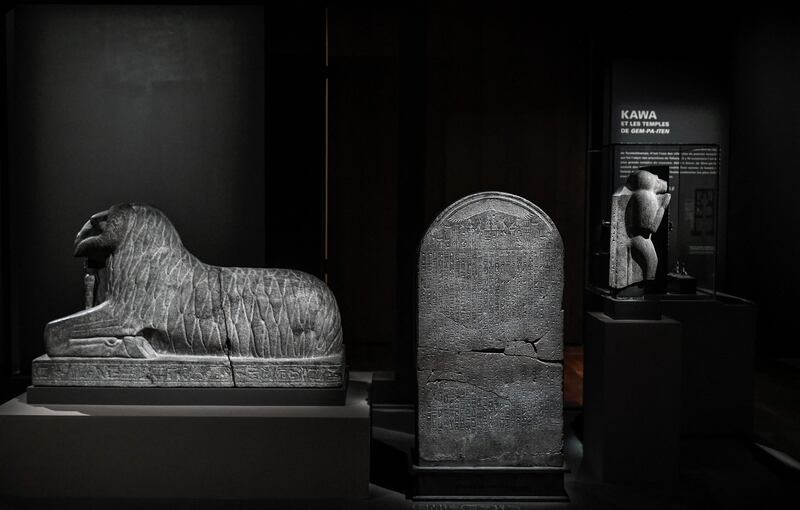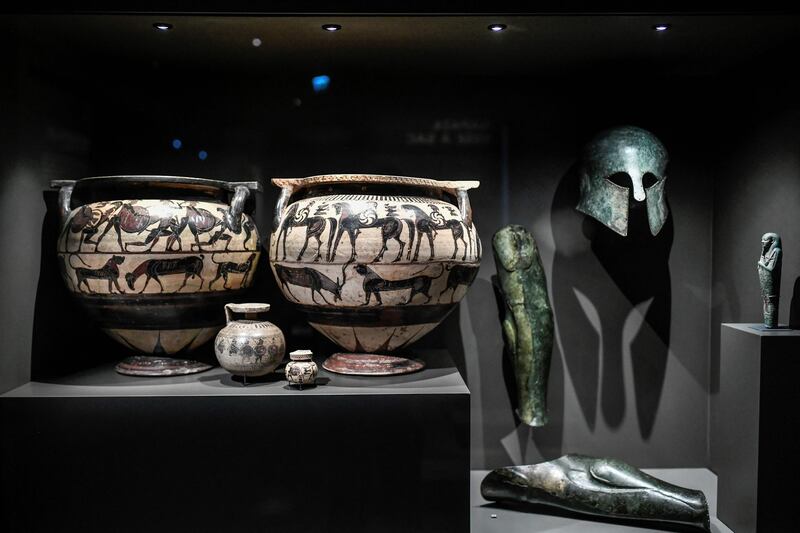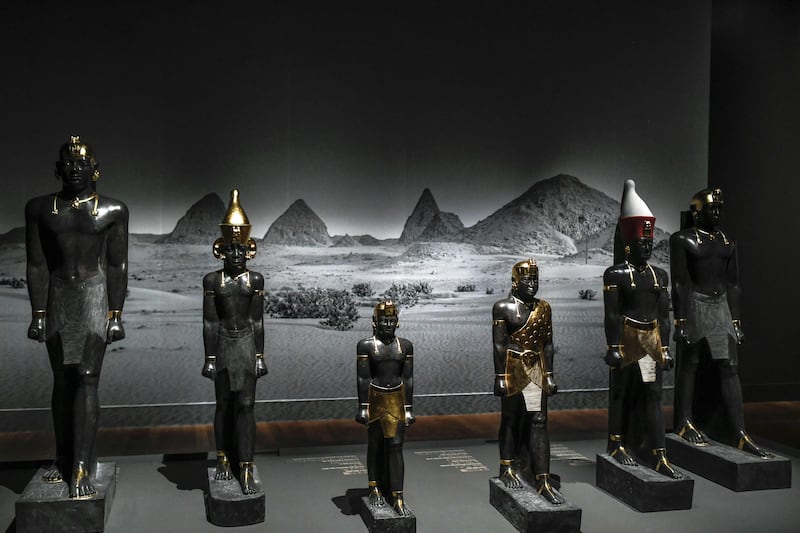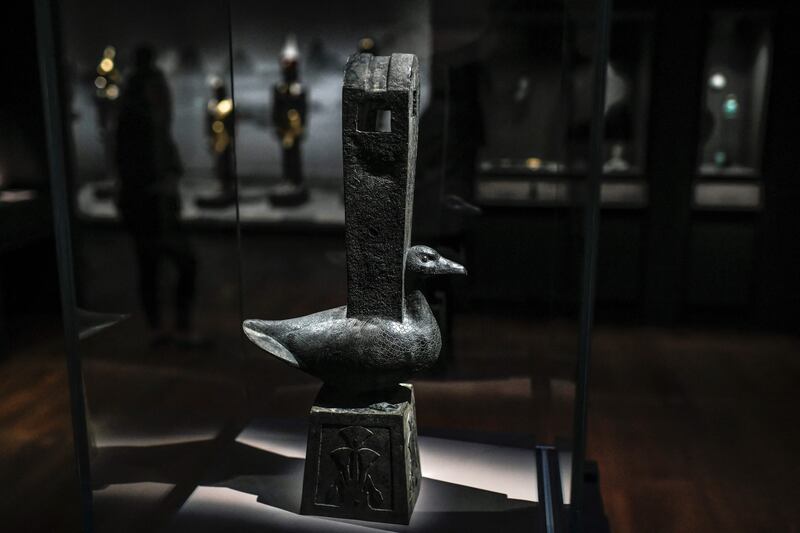The reign of Taharqa, pharaoh of Egypt and the Kingdom of Kush, is the focus of a new exhibition at the Louvre museum in Paris
Taharqa was the third ruler of the 25th Dynasty, a line of African kings who ruled an area spanning the Mediterranean and the junction of the White and Blue Niles for half a century.
Taharqa is undoubtedly the most renowned among them. The pharaoh ruled for nearly three decades in the 8th century BC from Napata, the ancient capital of the kingdom in Nubia, located in what is now northern Sudan. He spearheaded a thriving period in Egypt and Kush, restoring temples, building new ones and structuring what has been described by historians as “an efficient central government”.
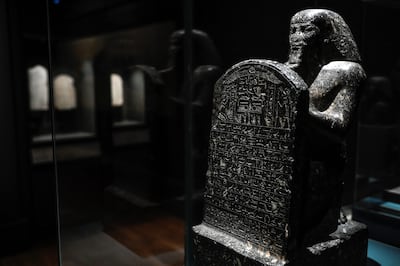
The exhibition at the Louvre, Pharaoh of the two lands: The African story of the Kings of Napata, puts a spotlight on this period, which was prosperous despite a lengthy conflict with the Assyrians.
Running until July 25, the exhibition brings together artefacts and works from museums across the world. Many of the exhibited pieces are sourced from the excavations Louvre archaeologists conducted in Sudan over the past decade.
The exhibition doesn’t only focus on Taharqa’s reign. It goes back to the beginnings of the 25th Dynasty, when the armies of King Piye conquered Egypt in the 8th century BC, unifying two vast ancient kingdoms and extending the dominion of the Pharaohs.
Gold pieces, granite statues, papyrus works and sarcophagi represent the millennia-old epics of King Piye and his successors. The star of the show is, however, Taharqa.
The exhibition also marks the 200th anniversary of French archaeologist Jean-Francois Champollion deciphering hieroglyphics for the first time. A vast collection of hieroglyphics will be on display to honour his work.
